Frans Hals: The Master of Portraiture
The Flemish master's vibrant and warm portrait style that captured humanity in its many forms makes him one of the most popular painters at auction today.
The life of Frans Hals is not well known. The painter was born in Antwerp in 1582, into a Protestant family. His parents moved to Haarlem to flee the advance of the Spanish Catholic army. In 1601, Hals entered the studio of the painter and theoretician Karel van Mander. He stood out there and in 1610 joined the local painters' guild of Saint Luke. Hals specialized in the portrait genre, where he quickly excelled. Haarlem was then one of the main cities of the North, as a center of commerce and politics. For the young portrait painter, the local bourgeoisie constituted the perfect clientele.
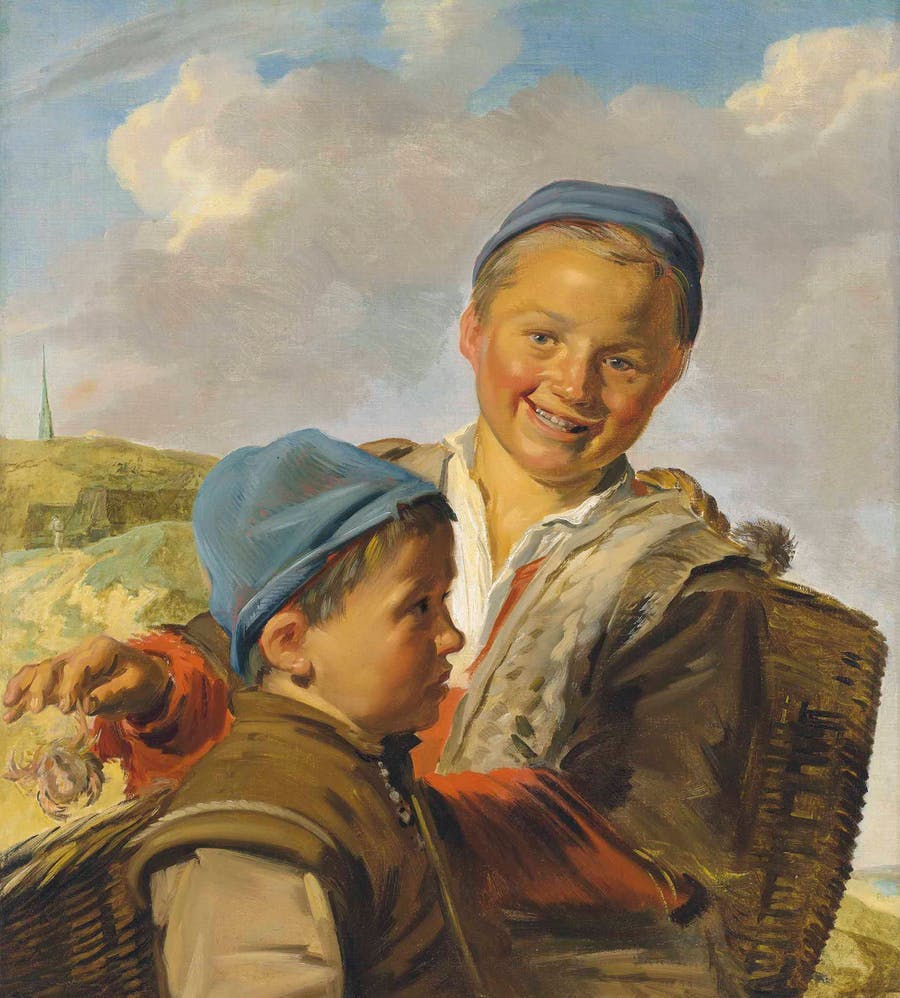
Frans Hals' production was broadly divided into two parts. First, there are the commissioned portraits by the city's wealthy citizens. These were commissioned to him for the purpose of social affirmation. Hals worked quickly and presented his clients in the best possible light. Many of his individual portraits earned him a solid reputation: Paulus van Beresteyn (1620), the Smiling Horseman (1624) and Isaac Mass (1626). But it's probably his group portraits that contain the most vigor. Between 1616 and 1639, Hals painted several scenes representing the local militias (such as Officers of the St. George Civic Guard, Haarlem, 1639). The Frans Hals Museum in Haarlem has five of these military paintings today.
Related: A Frans Hals Painting Stolen for the Third Time
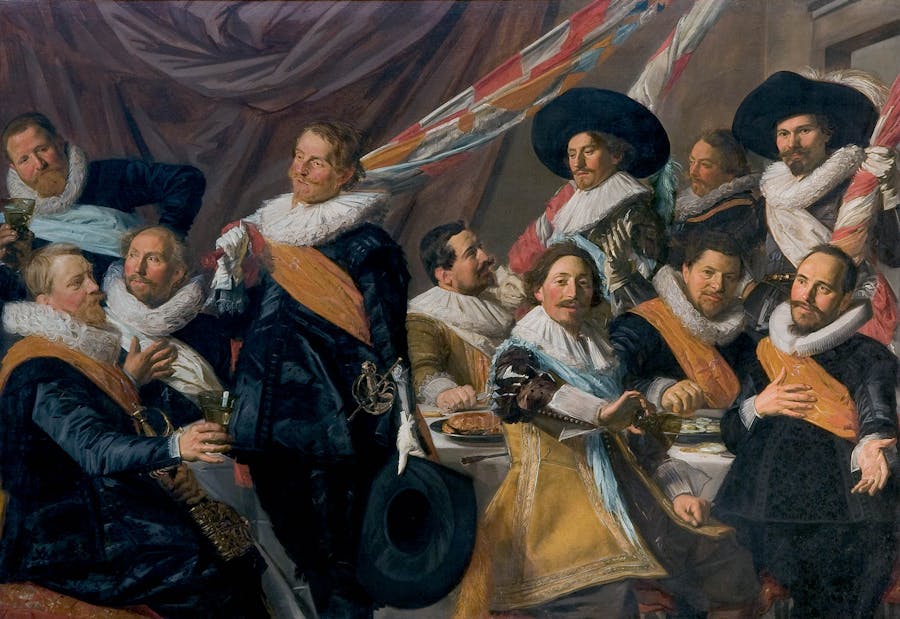
These military scenes recall the tension between Spain and the Netherlands after the end of the Twelve Years Truce (1609-1621). But many militiamen, in reality, never fought and most of the negotiating occurred as meetings between distinguished gentlemen. These compositions also testify to the financial contribution that could represent the orders of the bourgeoisie in the works: the location of an individual in the painting was determined by payment. Frans Hals painted many group portraits until the end of his life. In 1664, when he was in his 80s, he masterfully delivered one of his major paintings, the Regents of the Old Men's Almshouse.
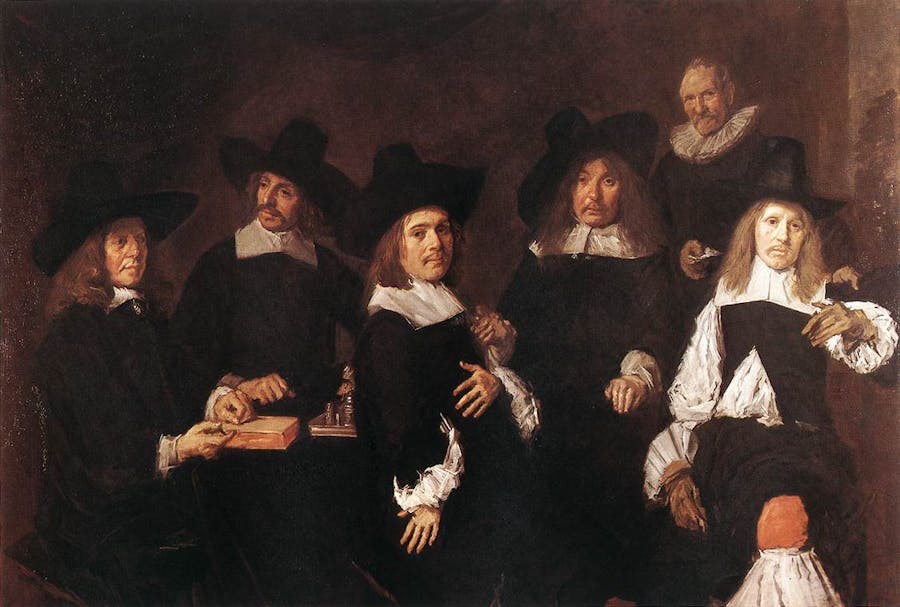
Besides these commissions, Frans Hals also painted more informal portraits. He used models of often humble status, from an entertainer in Jester with a Lute (1623) to a senile servant in Malle Babbe (1633). These genre portraits are not devoid of moral significance: they also attest to the painter's interest in the psychology of a person's characters and their forms of expression.
Related: Peter Paul Rubens: 5 Facts to Know
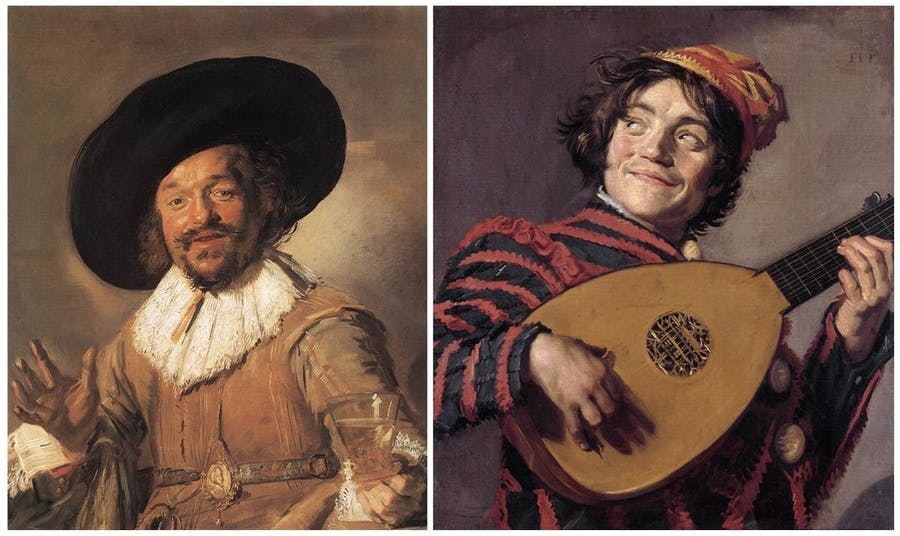
These portraits are also where Hals' style is expressed perhaps most freely. His style consisted of brushstrokes painted in a hurry, with the model placed in the center of a halo of light contrasting with the black background. The Italian influence appears here through the Caravaggism of Utrecht. As Van Gogh famously said, "Frans Hals had to use twenty-seven kinds of black".
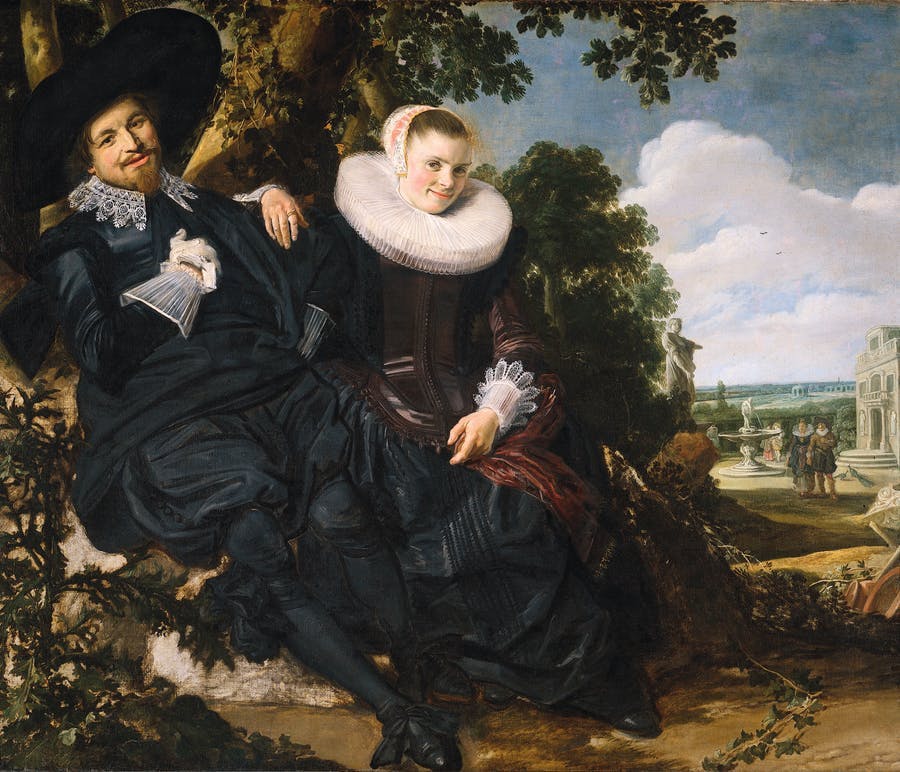
Frans Hals died in 1666 at the age of 83. Already known during his lifetime, he became famous throughout the world over the years. Today he is considered to be one of the greatest representatives of Flemish painting with about 200 known paintings by his hand. The painter influenced many local artists, starting with members of his family. His brother Dirck and several of his children also entered into artistic careers.
Related: Tulipomania: The World's First Stock Exchange Bubble
In France, some artists like Nicolas Tournier were influenced by Hals' works and the great British artist Thomas Gainsborough drew inspiration for Mr and Ms Andrews (1750) from Hals' Wedding Portrait of Isaac Massa and Beatrix Van der Laen (1622). In the 19th century, Hals left a lasting mark on the minds of Édouard Manet, van Gogh and the Impressionists.
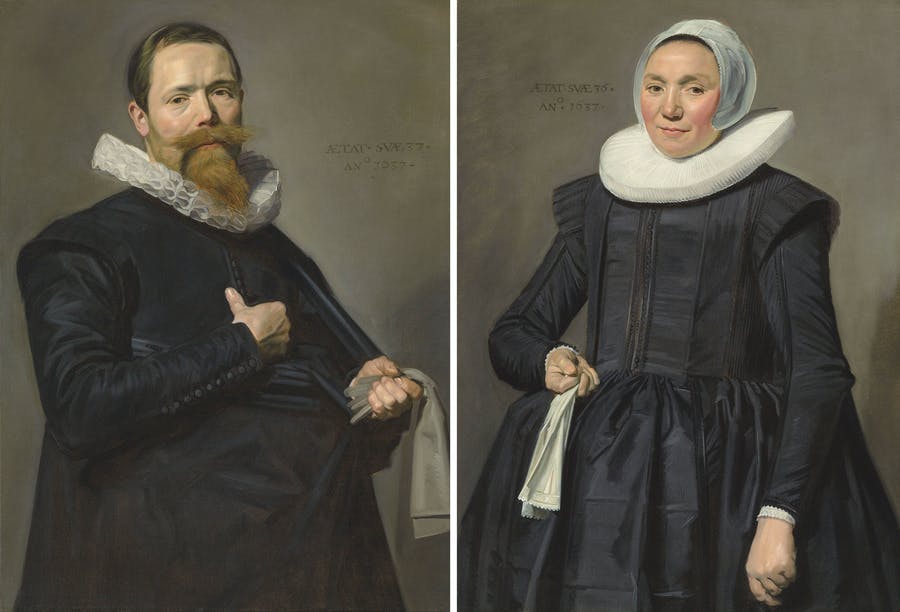
On the market, the painter enjoys the reputation granted to the great masters. The artist's record was set in December 2018 at Christie's with Portrait of a Man at 37 and Portrait of a Woman at 36, two paintings of a couple that sold together for 12.5 million euros ($12.7 million.)


